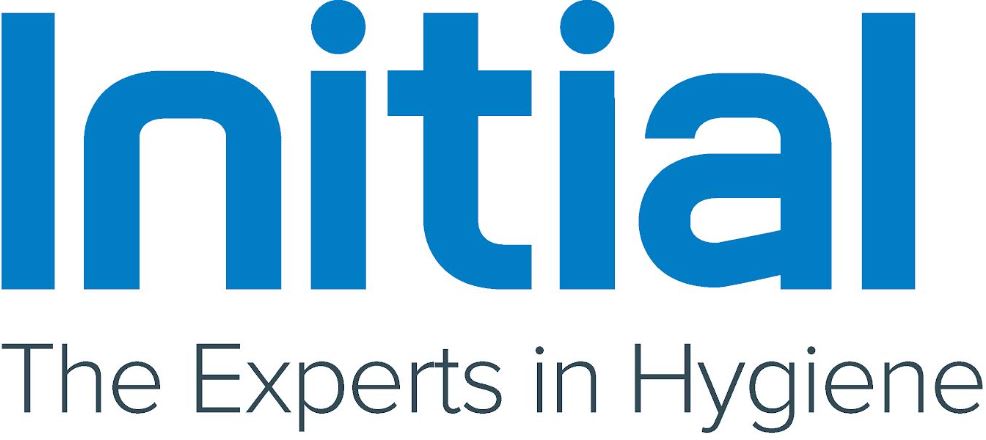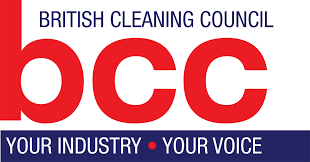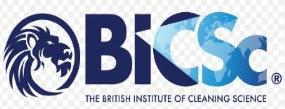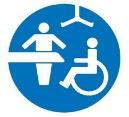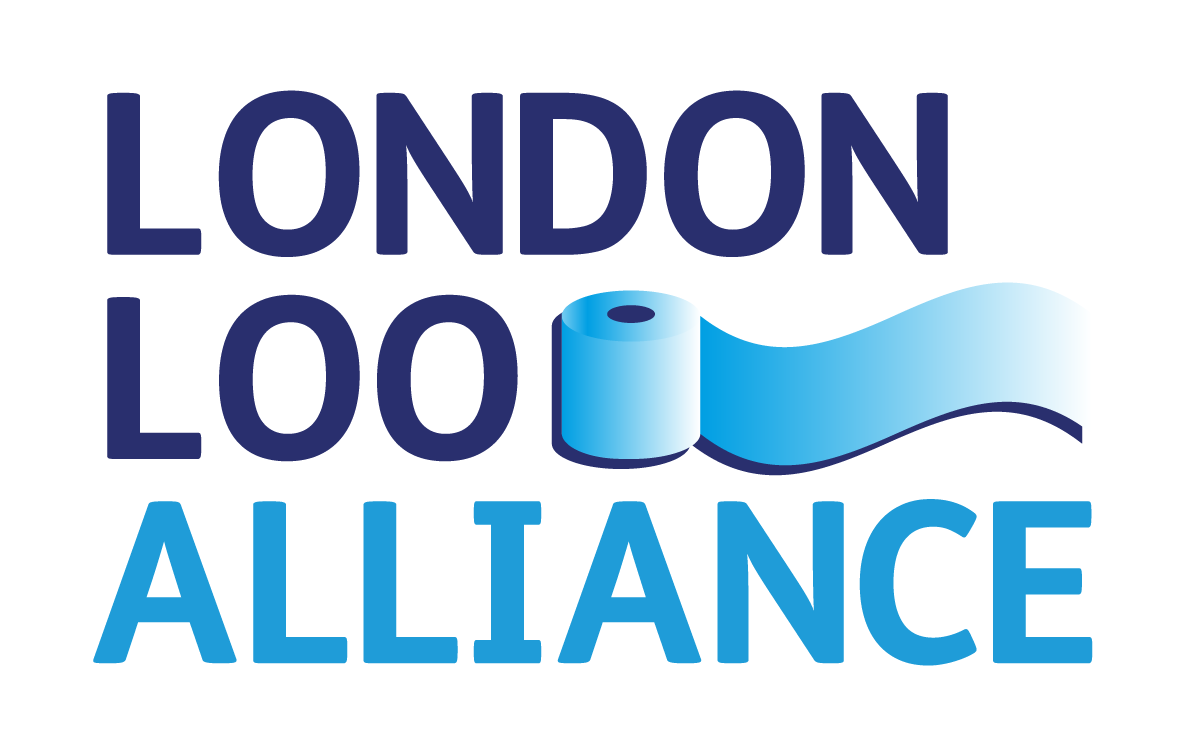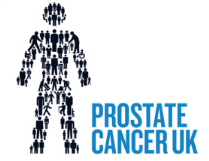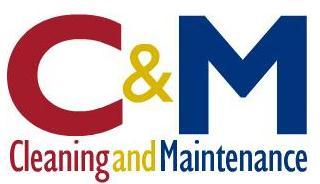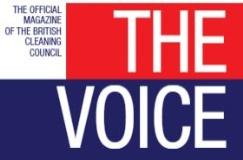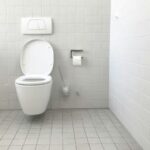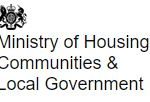CORONAVIRUS, SARS-COV-2, COVID-19 AND HVAC SYSTEMS

This response outlines the current understanding of the possible routes of transmission of the SARS-CoV-2 virus (including airborne aerosol transmission) and possible responses that Building Services Engineers can adopt to reduce transmission risks in the built environment.
The current coronavirus (COVID-19) outbreak continues to develop rapidly with relevant advice being updated regularly and an increasing body of research being published.
Government, NHS and Public Health England websites, as well as those of the devolved administrations should be consulted for current policy across the UK.
CIBSE is the UK member of REHVA, the European Federation of Heating and Ventilation Engineers. REHVA has developed a COVID-19 guidance webpage giving information and guidance and has developed a bibliography on how to operate and use building services to minimise the spread of the virus through HVAC or plumbing systems. The guidance was further updated on 3rd April 2020 to reflect new knowledge and evidence becoming available.
Current Public Health England guidance on infection control states that “The transmission of COVID-19 is thought to occur mainly through respiratory droplets generated by coughing and sneezing, and through contact with contaminated surfaces. The predominant modes of transmission are assumed to be droplet and contact.” (See section 2.1 of the guide).
Droplets will generally fall out of the airstream within a short distance (depending on airflow speed and direction), hence the guidance to remain 2m apart. However, these may evaporate, reducing in size and mass and travel further in air streams, contaminating surfaces and increasing the risk of airborne transmission.
While airborne transmission is not thought to be a primary route of transmission, there is an emerging and growing body of evidence that the SARS-CoV-2 can also be spread through the air, particularly in poorly ventilated indoor spaces, and that ventilation provision in buildings should be reviewed in the light of this. For an explanation of airborne transmission, see the series of tweets by Prof. Lynsey Marr.
Emerging Findings
Proving modes of transmission during an outbreak is difficult. However, multiple recent studies are showing evidence of indirect contact (which may be linked to airborne spread) and have also linked airflow patterns to infection cases.
This has been particularly the case in high occupancy areas, in spaces with little outdoor air, and when people generate a lot of aerosols (e.g. shouting and singing). Given the growing body of evidence suggesting airborne transmission may be a route of infection and knowledge of aerosol generation and transport it is prudent to ensure ventilation is operating appropriately to protect occupants.
The following measures, using outside air wherever possible, should help to reduce the risks from airborne transmission.
Prevention
The primary mechanisms for preventing the transmission of coronavirus remain regular, thorough handwashing using soap and hot water for at least 20 seconds, coupled with strict adherence to social distancing requirements and staying at home. Surfaces which may be contaminated also need regular cleaning following the protocols set out by PHE.
Dilution of internal air should reduce any risk of potential airborne viral transmission by reducing exposure time to any airborne viral aerosols, and also reduce the chance for these aerosols to settle on surfaces. Evidence shows that virus can survive on some surfaces for at least 72 hours and hence any action to limit surface contamination is beneficial.
It is recommended that any ventilation or air conditioning system that normally runs with a recirculation mode should now be set up to run on full outside air where this is possible.
In buildings with mechanical ventilation systems extended operation times are recommended. In demand control systems CO2 set points should be set to 400ppm to increase the delivery of outside air. Ventilation should be kept on for longer, with lower ventilation rates when people are absent. It is not recommended to switch ventilation systems off in any buildings, even those temporarily vacated, but to operate them continuously at reduced speeds.
Recirculation of air between spaces, rooms or zones occupied by different people should be avoided. However, in the case of any systems serving a single space, partial recirculation of air within that space, such as through a local fan coil unit, is less of a concern. The reason is that the primary objective is to maximise the air exchange rate with outside air and to minimize the risk of any pockets of stagnant air.
If a local recirculation unit enhances air disturbance and hence helps reduce the risk of stagnant air then this should be considered when developing a strategy. Note that although these are relatively uncommon today, ceiling fans within a space can provide this function.
On colder days consideration must be given to human behavioural responses. A ventilation system on full outside air which is not adequately heated may create discomfort draughts. This may lead to users seeking to turn the system off, or with naturally ventilated spaces users may close vents or windows. These actions will reduce the air exchange rate and dilution of any contaminants (and not just any viral contamination) and overcome the primary objective of the ventilation strategy. It is important that where users can intervene in the control of the ventilation that they are made aware of the benefit of these for reducing the circulation of infectious material.
Care should be taken with any ventilation grills that can be blocked, e.g. floor grilles for displacement ventilation, and occupants educated on the purpose and benefits of these.
The potential benefit to public health at this time outweighs the reduction in energy efficiency caused by not recirculating air. Airborne contaminants may be minimised by proper and effective filtration and regular maintenance. Viral material that settles in ductwork will become unviable over time. In the event that some viral material entered ventilation and air-conditioning systems prior to buildings being vacated due to the current restrictions, it is extremely unlikely that that material will pose any risk when those buildings are re-occupied.
Where cleaning or planned maintenance of ventilation systems is required, such as in catering premises, it should be undertaken in line with agreed industry guidance, including that relating to site operations under social distancing requirements. Appropriate PPE should be worn and all materials, including old filters, should be carefully bagged and disposed of safely. Given the requirement for many business premises to close for the immediate future, there is unlikely to be a requirement to undertake work on their ventilation or air conditioning systems at this time.
In poorly ventilated spaces with a high occupancy and where it is difficult to increase ventilation rates it may be appropriate to consider using air cleaning and disinfection devices. The most appropriate devices are likely to be local HEPA filtration units or those that use germicidal UV (GUV) radiation. GUV devices use radiation in the UV-C spectrum and have been shown to inactivate coronaviruses, although there is not yet specific evidence of the efficacy of UV-C irradiation for SARS-CoV-2.
There are currently uncertainties about a variety of factors affecting UV performance including dosage, wavelength and exposure time. In addition, consideration will need to address the specific room and system configuration, air flow, distribution and humidity.
Any potential equipment will need to be properly tested, validated and quality assured and demonstrated to provide the specific irradiation properties it is designed to and nothing else. It is essential that appropriate safety interlocks are installed to ensure UV cleaning equipment is not operated when people may be exposed to the radiation.
They can be applied as an upper-room system or a stand alone consumer unit, but it is important that these are sized correctly for the room as many do not have the flow rate to be effective in larger spaces. In-duct UV-C is not recommended to control disease transmission unless it is to decontaminate air that is recirculated. Devices that emit ozone or other potentially hazardous by-products should not be used in occupied spaces. Further guidance on air cleaning and disinfection is given in CIBSE guide A.
Further Guidance
CIBSE TM40 Health and Wellbeing in Building Services provides guidance on best practice design and operation of buildings to support health, comfort and cognitive performance. Key aspects covered include air and water quality and the environment around us: light, acoustics, thermal and humidity conditions, and electromagnetic fields. The health and comfort impact of each of these environmental factors is summarised to provide a background for informed decisions.
The April 2020 issue of CIBSE Journal carries news and opinion on COVID 19, and there is a CIBSE Journal podcast which addresses the issues in further detail.
The REHVA COVID-19 guidance webpage provides further information and guidance and a bibliography on how to operate and use building services to minimise the spread of the virus through HVAC or plumbing systems.
References
The following references inform the emerging view that aerosol transmission of SARS-CoV-2, whether through direct respiratory droplet transfer or fomite generation, may in fact be a more important exposure transmission pathway than previously considered. Many are still undergoing peer-review, but they demonstrate the current thinking based on emerging findings.
Fears et al, Comparative dynamic aerosol efficiencies of three emergent
coronaviruses and the unusual persistence of SARS-CoV-2 in aerosol
suspensions https://www.medrxiv.org/content/10.1101/2020.04.13.20063784v1.full.pdf
https://doi.org/10.1101/2020.04.13.20063784
PREPRINT posted 18th April 2020
van Doremalen, N et al Aerosol and Surface Stability of SARS-CoV-2 as Compared
with SARS-CoV-1. New England Journal of Medicine 2020 doi
10.1056/NEJMc2004973 https://www.nejm.org/doi/full/10.1056/NEJMc2004973
This letter was published on March 17, 2020, at NEJM.org.
Fineberg: Rapid Expert Consultation on the Possibility of Bioaerosol Spread of
SARS-CoV-2 for the COVID-19 Pandemic (April 1, 2020) (2020) https://www.nap.edu/read/25769/chapter/1
Letter in response to the consultation.
Lidia Morawska, Junji Cao, Airborne transmission of SARS-CoV-2: The world
should face the reality, Environment International, Volume
139,2020,105730,
https://doi.org/10.1016/j.envint.2020.105730.
This is a preprint of a paper for publication in the June issue
Yuguo Li et al : Evidence for probable aerosol transmission of SARS-CoV-2 in a poorly ventilated restaurant https://www.medrxiv.org/content/10.1101/2020.04.16.20067728v1.full.pdf Preprint posted 22 April 2020
The Chartered Institution of
Building Services Engineers (CIBSE)
Registered as a Charity in England No. 278104








